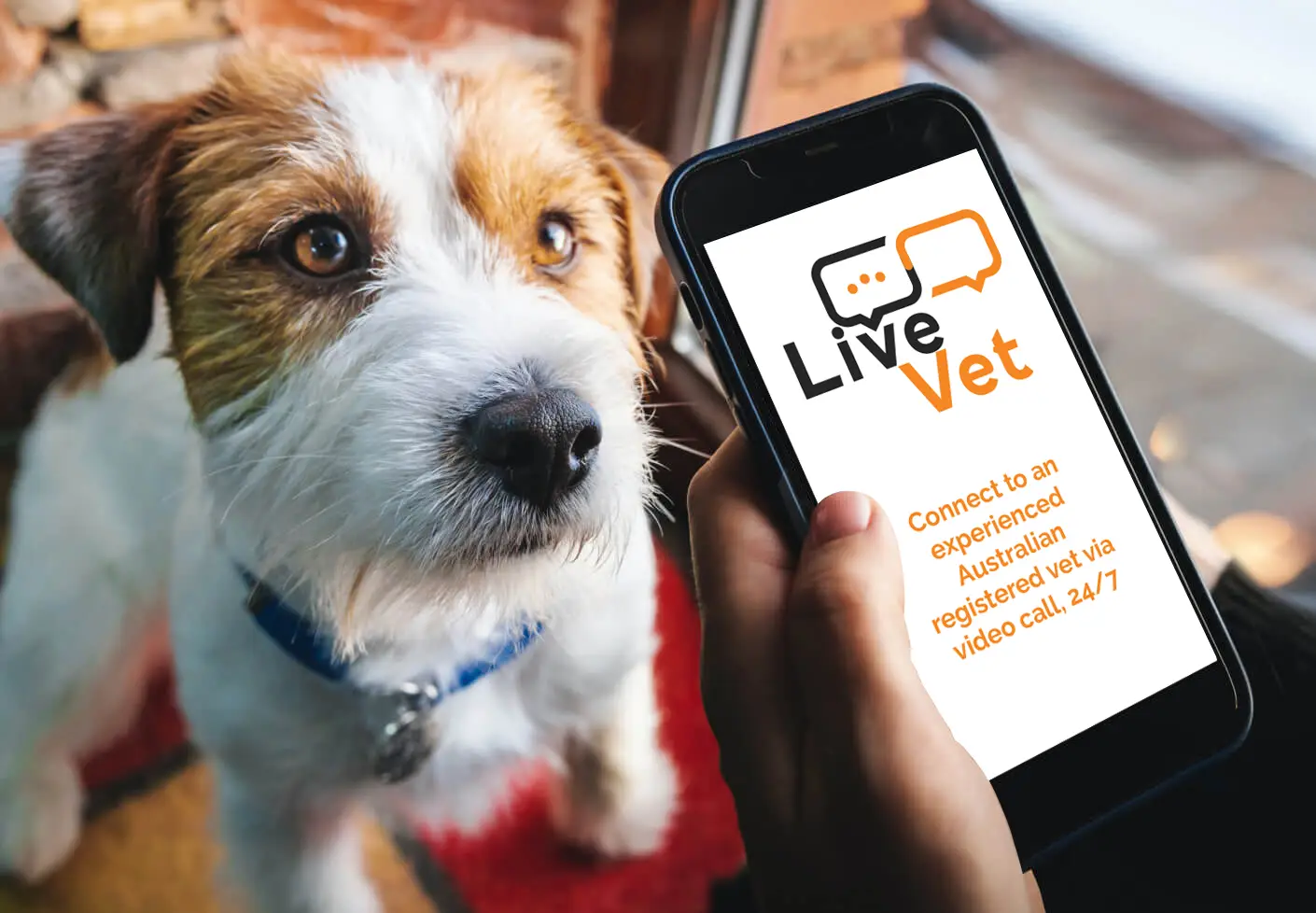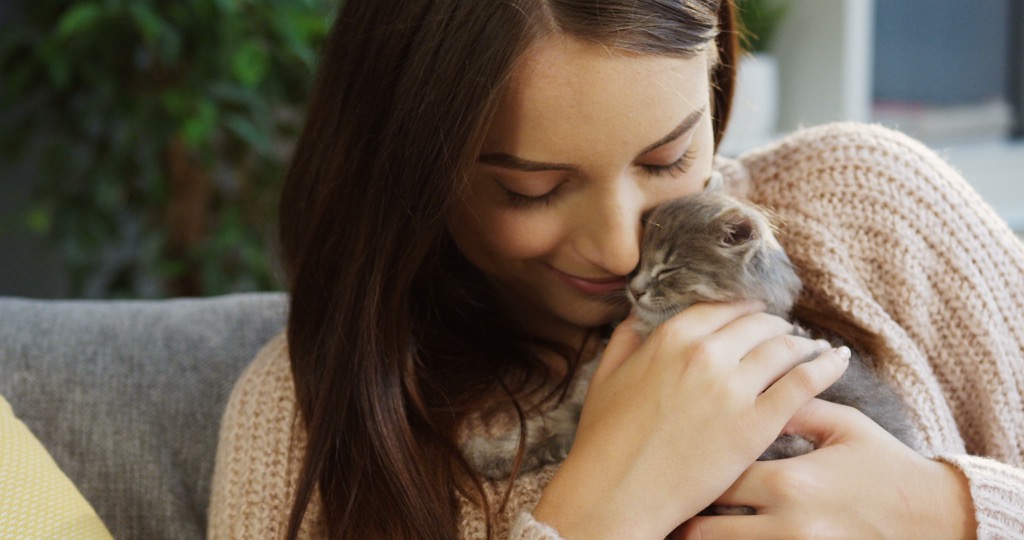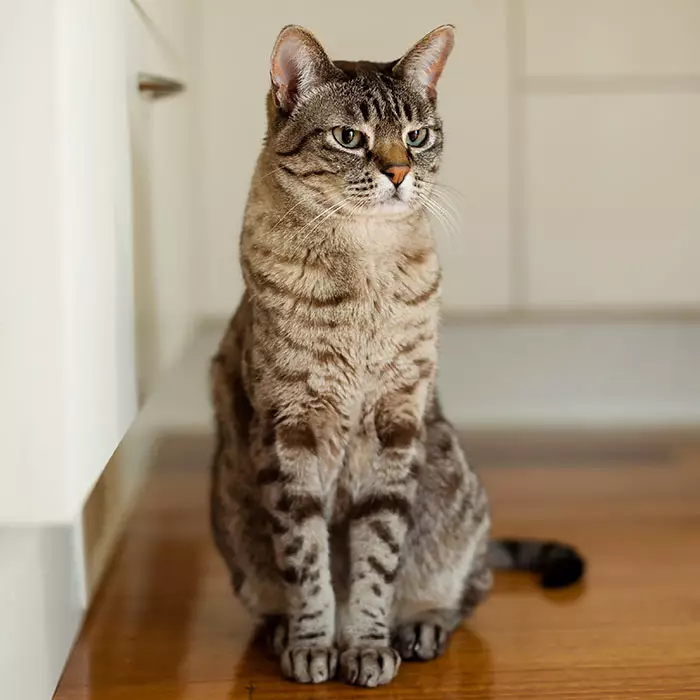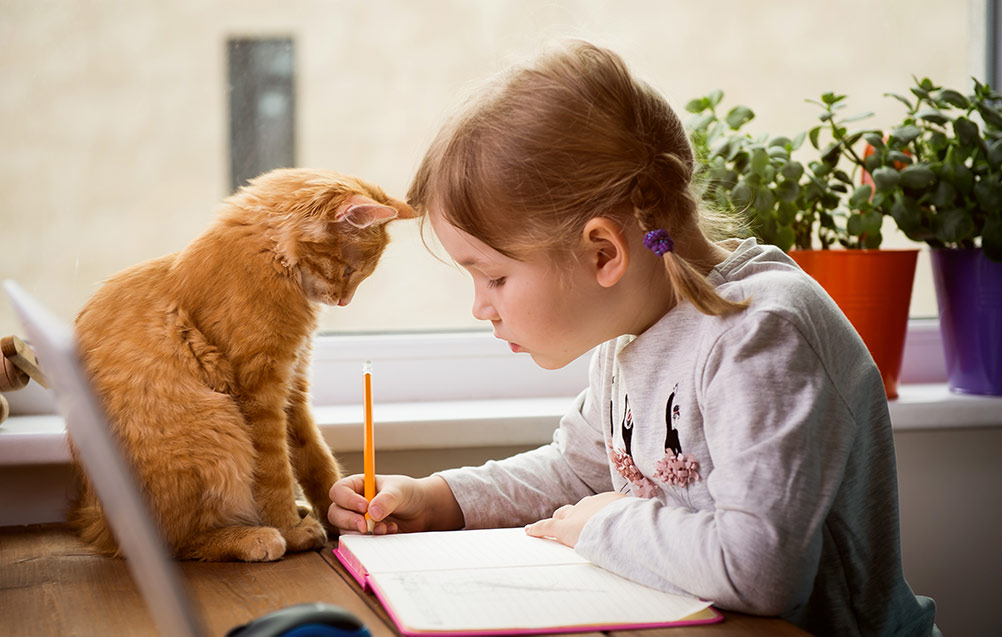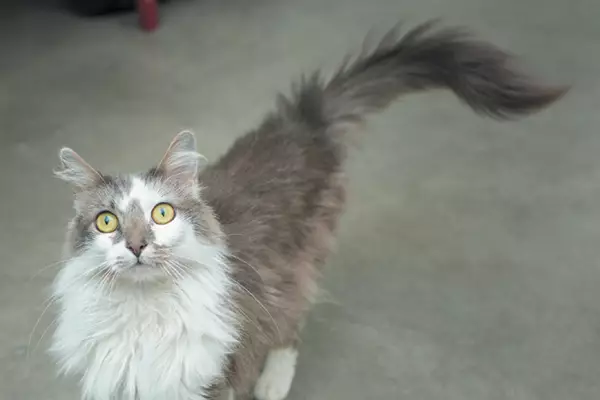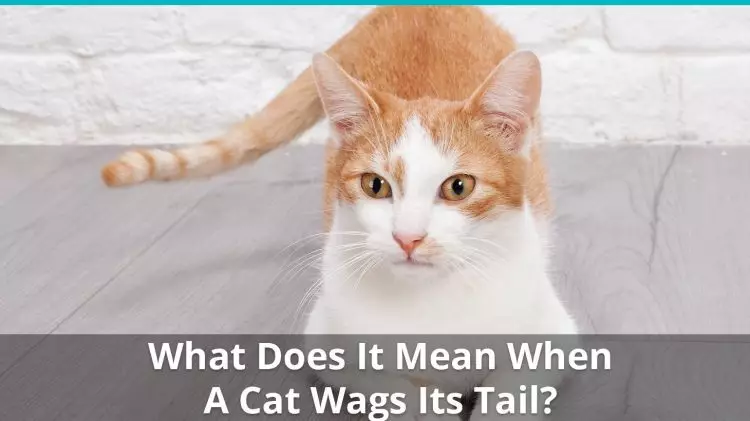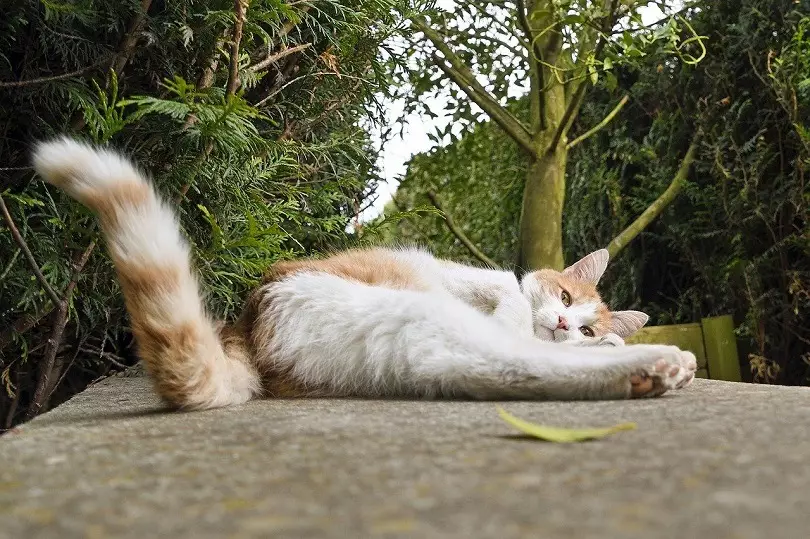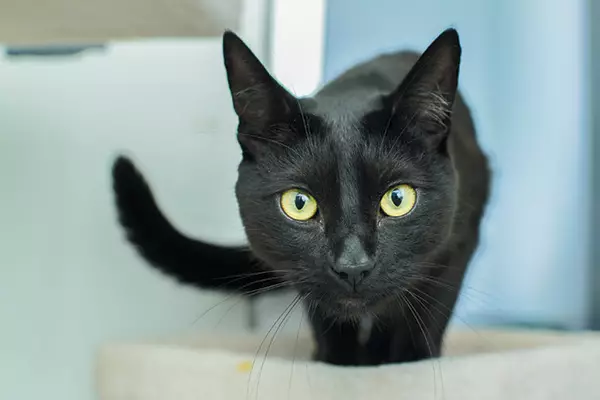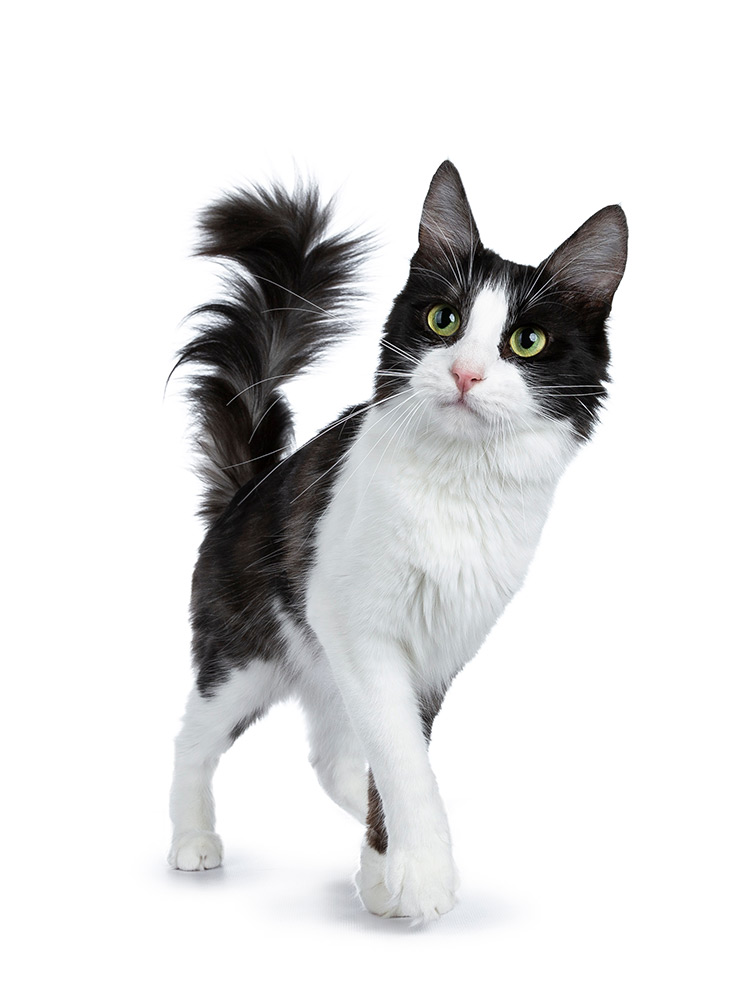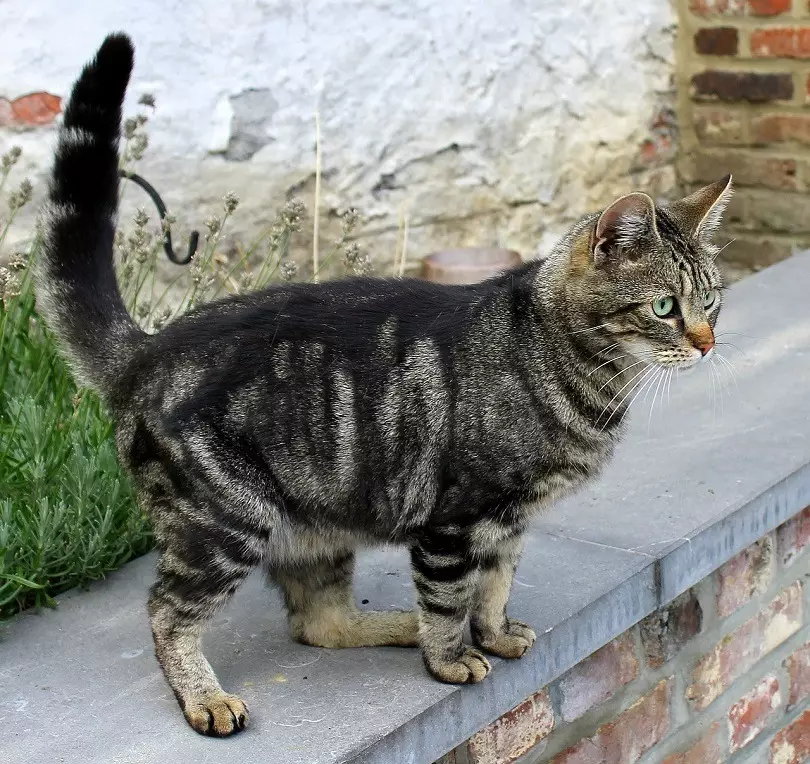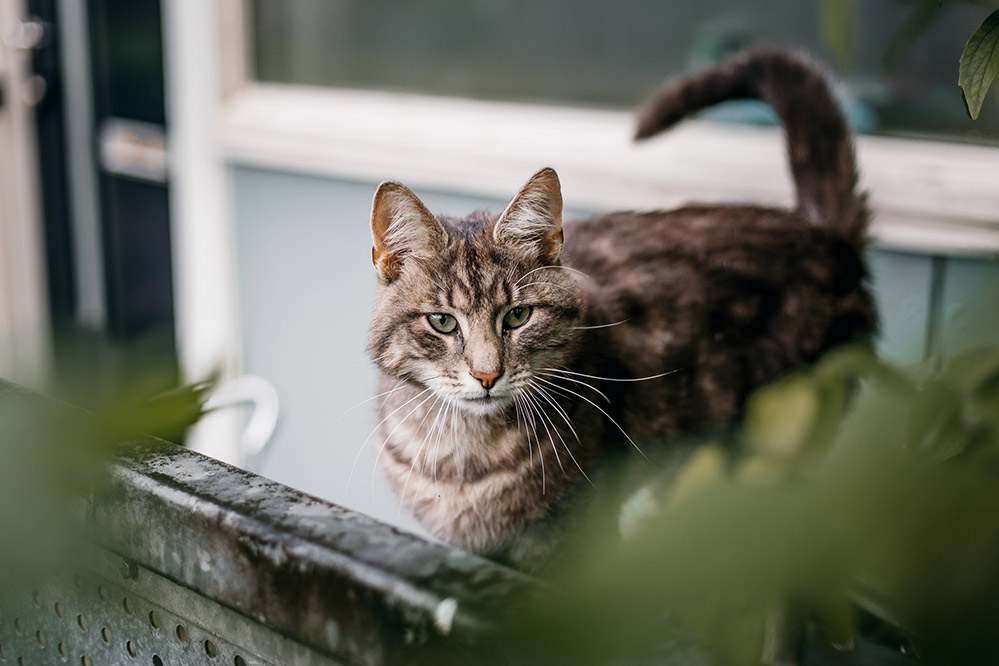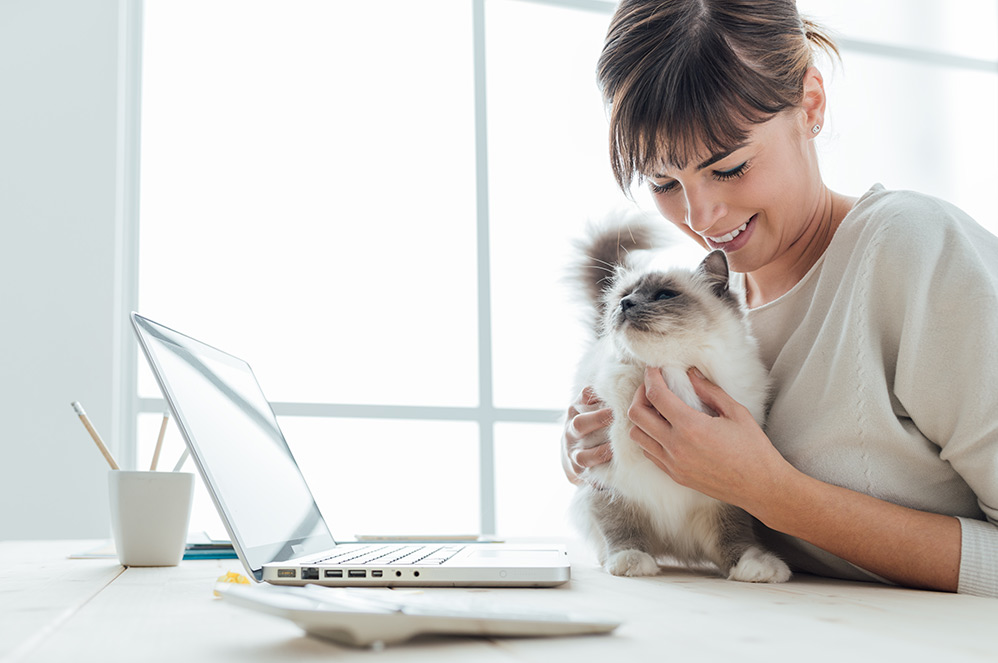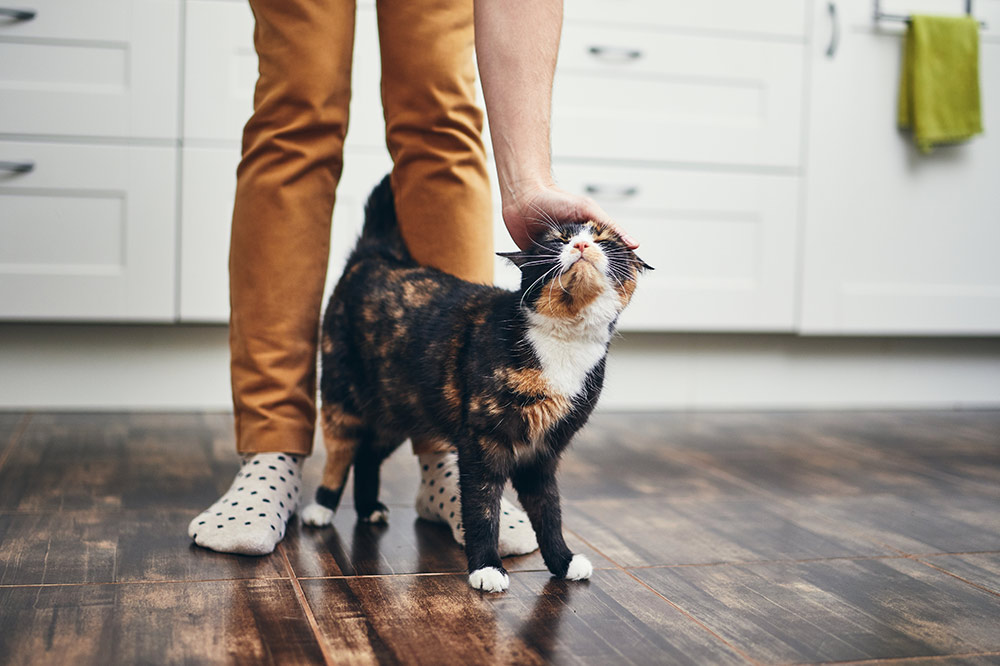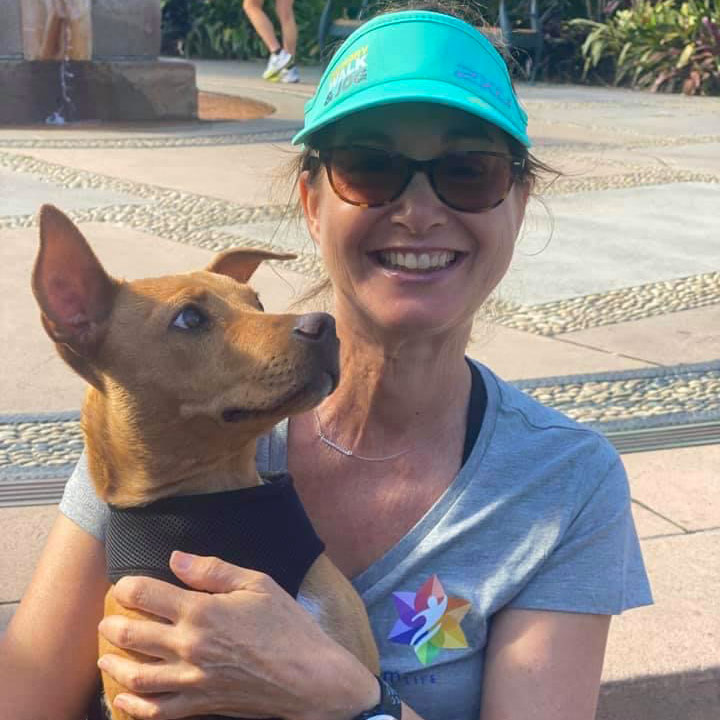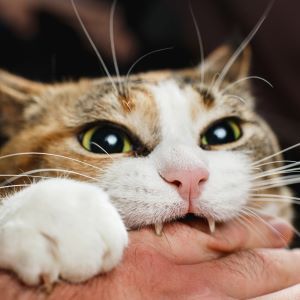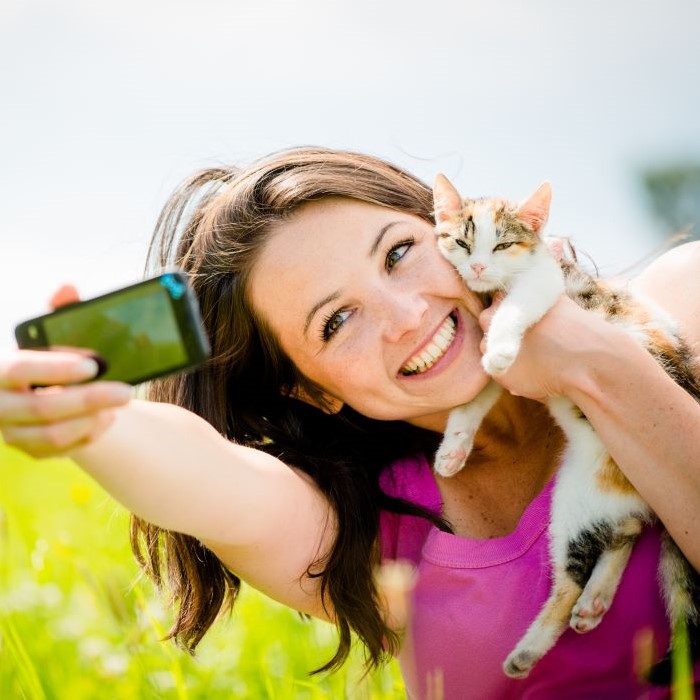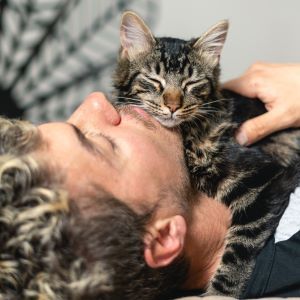Cat tail signs (What your cat’s tail tells you)
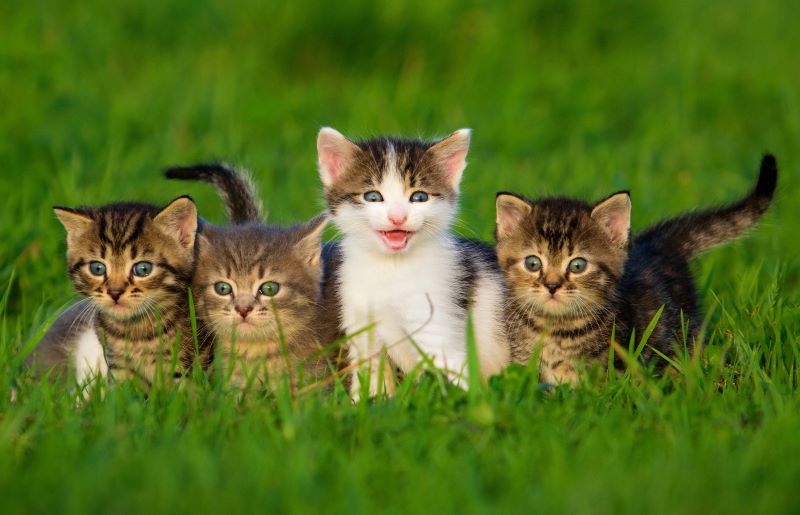
Do you have any idea what your cat is thinking, feeling or communicating when her tail points up in the air, or straight out behind her? How about when it twitches vigorously or sways gently? Like dogs, cats use their tails as one element of their complex communication system. However, cats’ tails speak a very different language to dogs’ tails, often leading to understandable confusion among the humans and dogs who share their homes!
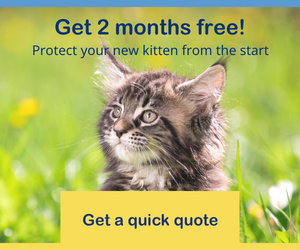 Feline communication comprises body language, vocalisation, and even scent cues that we humans can’t detect. It can be as obvious as a loud hiss or as subtle as a gentle flick of the tail. Body language can be expressed via a cat’s facial expressions, fur and body posture. All these elements work together to send a message, so observing the tail alone won’t provide the full picture. For example, a cat with a tail pointing straight up in the air, erect ears and flat fur is usually happy, while another who also has a straight-up tail but whose fur is puffed out and whose ears are flattened, is more likely to be angry or scared.
Feline communication comprises body language, vocalisation, and even scent cues that we humans can’t detect. It can be as obvious as a loud hiss or as subtle as a gentle flick of the tail. Body language can be expressed via a cat’s facial expressions, fur and body posture. All these elements work together to send a message, so observing the tail alone won’t provide the full picture. For example, a cat with a tail pointing straight up in the air, erect ears and flat fur is usually happy, while another who also has a straight-up tail but whose fur is puffed out and whose ears are flattened, is more likely to be angry or scared.
Although you should look at more than just her tail to fully understand your cat’s emotional state, the tail is perhaps the most expressive part of a cat’s body language. It ‘speaks’ not just through its position – whether straight up or down, curled up or down, or somewhere in between – but also by its movement – whether flicking furiously, swaying gently, or merely twitching at its tip. Generally, a friendly cat uses her tail to decrease the distance between herself and others, while an angry or frightened cat uses her tail try to increase the distance.
What your cat might be trying to tell you with her tail position
Tail pointing straight up
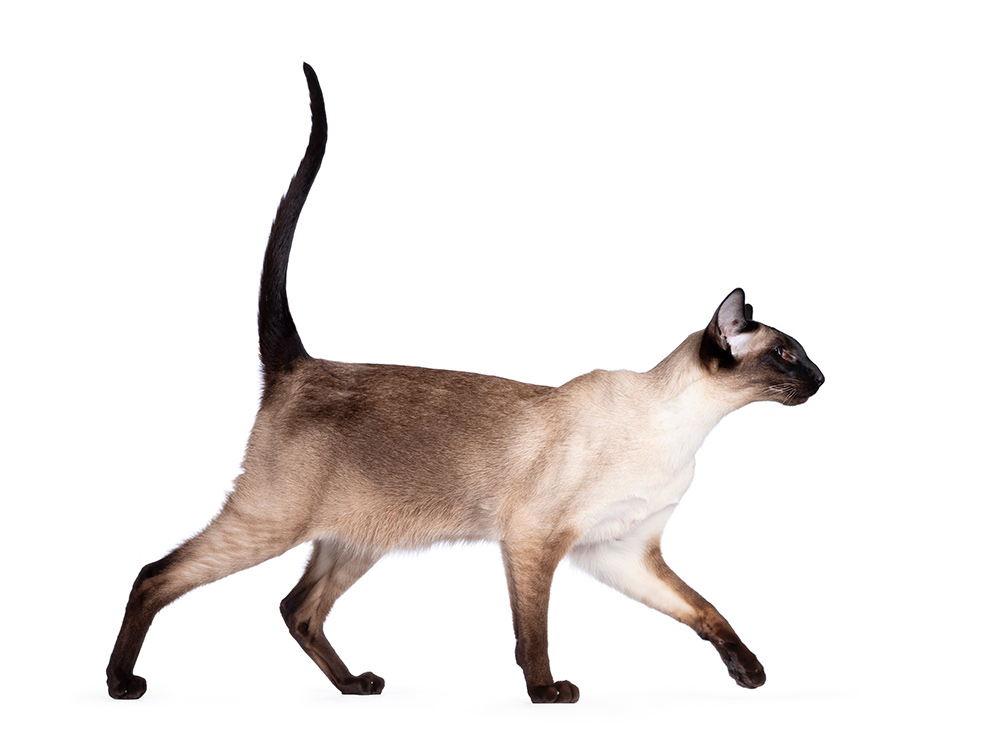
A tail pointing straight up is usually a sign of a contented, confident and sociable cat. She is feeling happy and is approaching in a friendly manner (this is how kittens tend to greet their mothers).
When she holds her tail this way, she’s ready to interact, so it’s a great time to engage in play and cuddles with her. Watch the tip of an erect tail – a little twitch can mean a particularly happy moment.
You may notice that sometimes your cat’s tail looks like a question mark—it stands upright and curls at the end. This cat tail position also indicates that your cat is happy and approaching amicably.
Puffed tail pointing up and curling forward
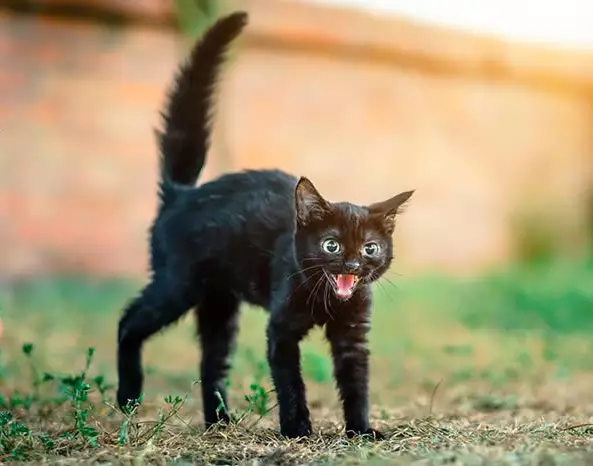
A cat’s tail that is held upright, but concave, with the hairs puffed out like a pipe cleaner to make her look bigger and scarier, indicates a severely agitated and frightened cat. She is being defensively aggressive in order to ward off danger. Other signs of aggression might include standing with an arched back, hairs on the spine standing up, ears flattened backward on the head, and tail held erect.
If your cat assumes this position, leave her alone; she may perceive your approach as a threat and become aggressive. Rather, try to identify the threat and, if possible, remove it. It may be another animal in or outside the home, visitors approaching or even a sudden noise.
Tail up with a U-shaped curve
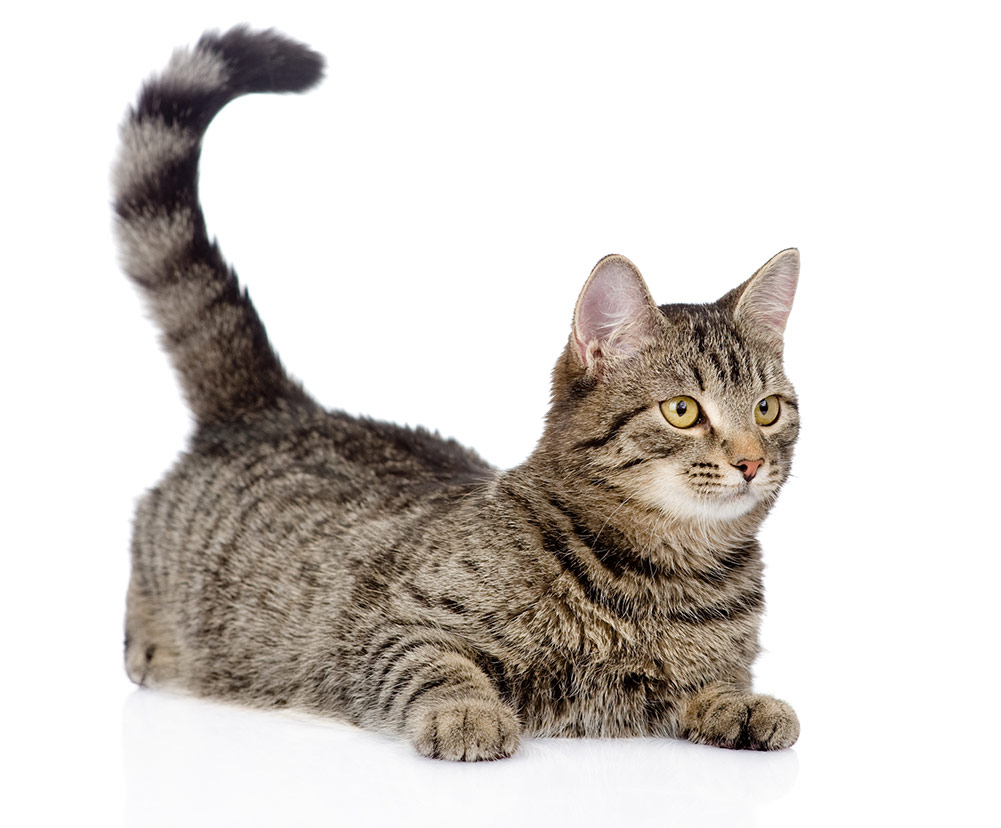
A tail that curves in a gentle U is usually a sign of a relaxed cat. The more interest she feels, the higher the tail. A curved tail that flips forward over her back is a calm, welcoming position – she is happy to see you and is approaching amicably. This is a common way in which cats greet familiar humans. In response, you can offer your hand for sniffing and petting.
Sometimes, this posture can also signal indecision – the cat hasn’t decided what their next move will be.
Tail up at a 45-degree angle
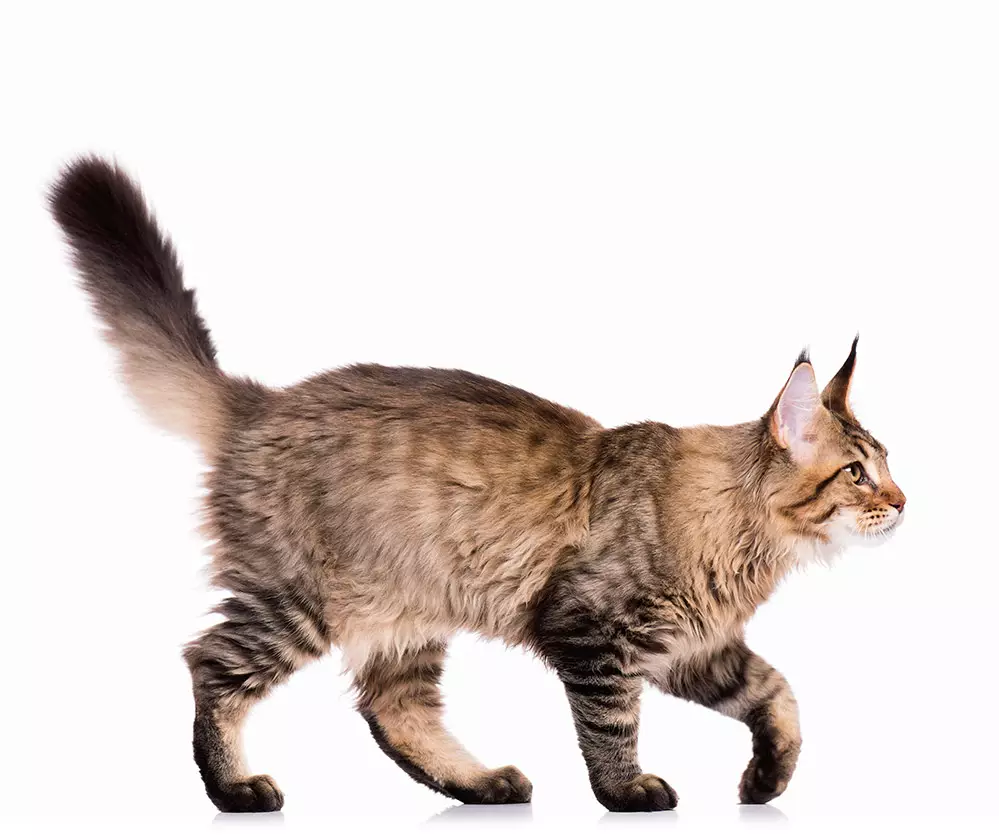
A tail held out behind but angled up may mean your cat is unsure how to feel right now. And a tail held behind, angled up and away from the body but twitching back and forth is most likely an expression of indifference toward whatever they are encountering.
Tail held horizontally behind the cat
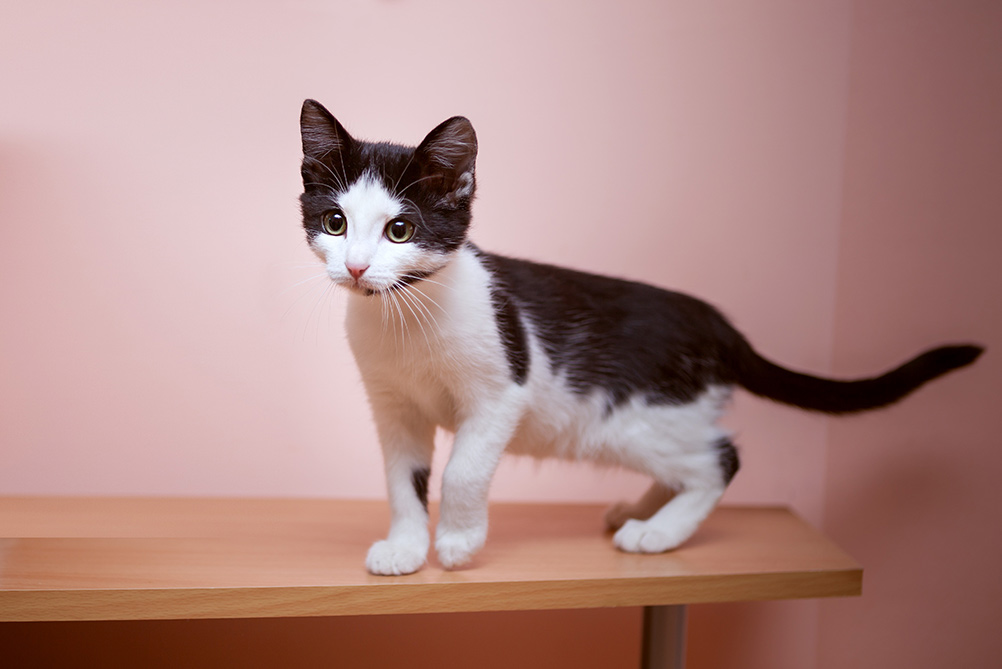
This neutral position could convey a few feelings. Your cat may be alert, confident, relaxed or amicable. If the tail is held straight out in a rigid position, almost level with the spine, it can also indicate that your cat is feeling uneasy, but not afraid. Interpretation depends on the situation and the rest of your cat’s body language.
Tail hanging down
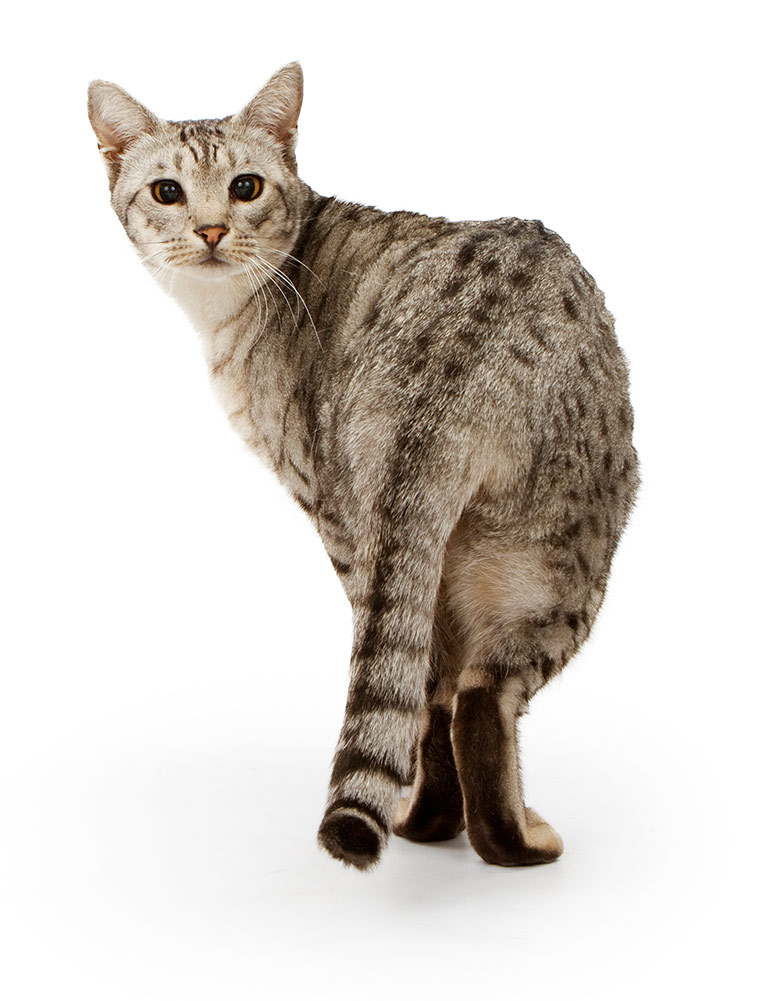
A calm cat stands with a straight back, head held high with erect ears, no erect hairs, and her tail hanging in a relaxed manner. However, cats may also lower their tails below the level of their backs if they are frightened or anxious. A lower tail is often a sign of a very serious mood; many of the cat’s tail down positions signal aggression, defensiveness or submission.
Certain breeds, for example Persians, tend to carry their tails low for no particular reason.
Puffed tail hanging down
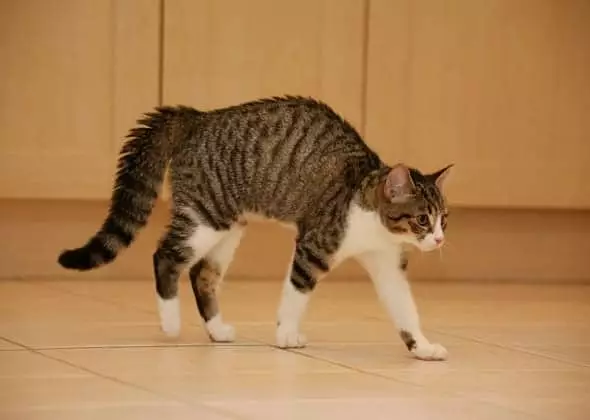
A “bottle brush” hanging tail can indicate that the cat feels threatened and is being defensively aggressive. The hair on their spine also stands up, making them seem larger. If you try to interact with your cat, she may perceive your approach as a threat and become aggressive.
Tail hanging down with a curve
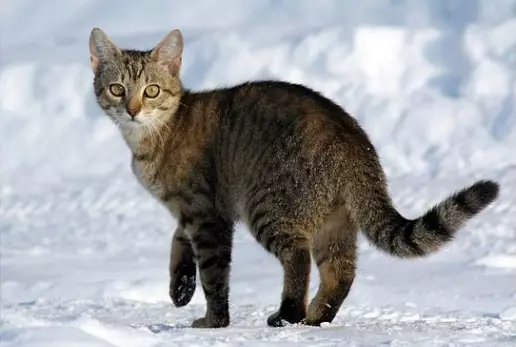
If the tail is hanging down with a dip near the base, it can be a sign of aggression. A bottlebrush tail held downwards in an inverted U shows fear or defensiveness, and if provoked, the cat may fight back with all claws bared.
Tail straight down or held low to the ground
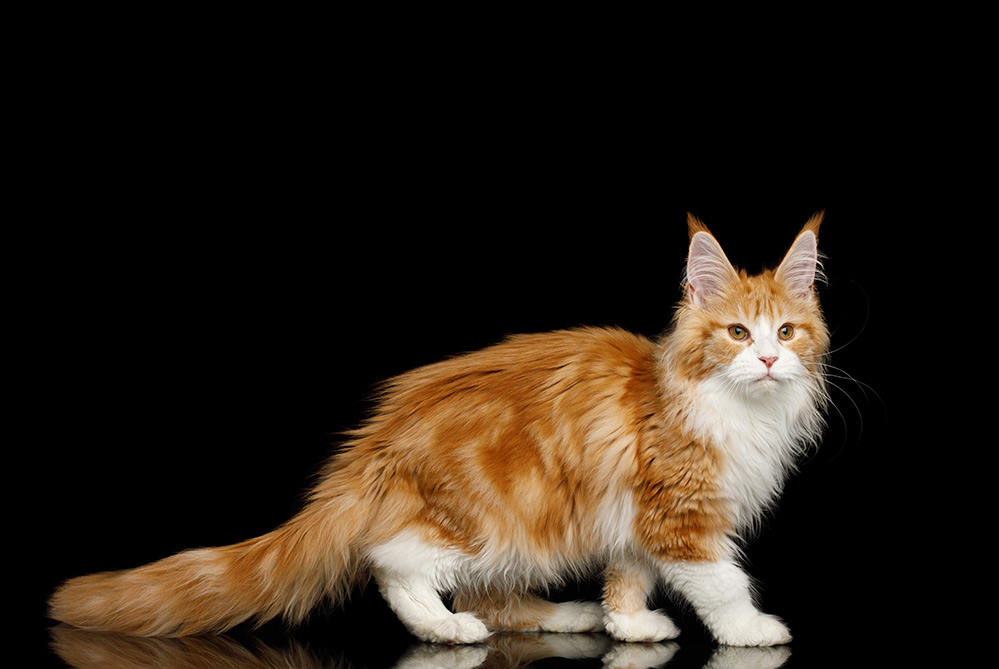
A tail carried all the way down may mean that a cat is feeling defensive and that aggressive behaviour might follow. Don’t try to engage or pet her; rather, try to neutralise whatever is upsetting her.
Tail tucked under or next to their body
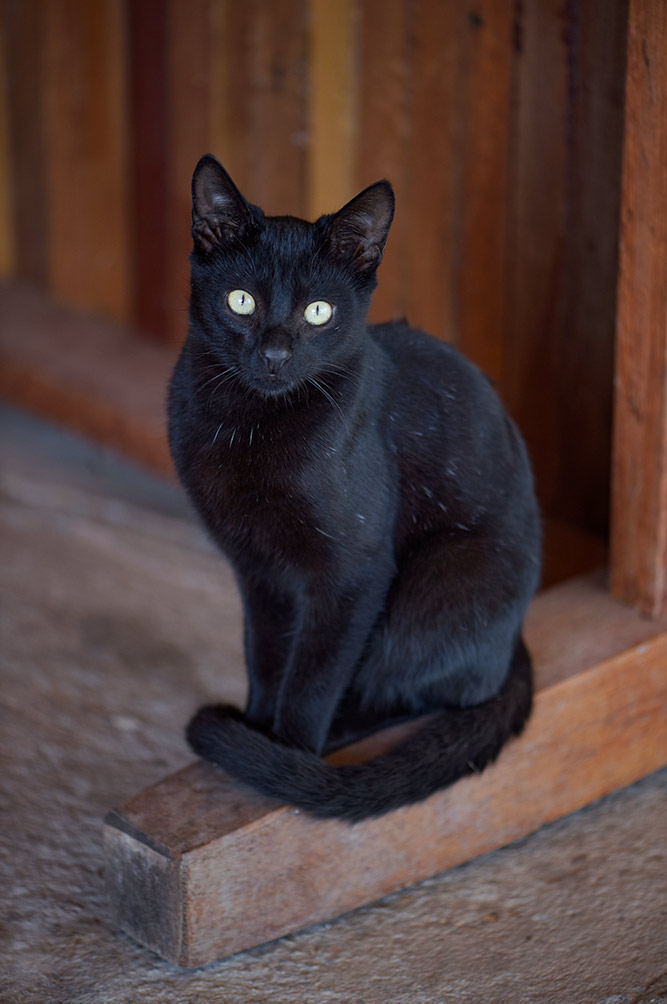
A tail curved beneath the body signals fear, nervousness or submission. Fearful cats will often lie prone with ears held outward and flattened, and tail tucked under body. When you see this, end your interaction with your cat and ensure that your cat’s environment is free of stressors.
If your cat frequently crouches with their tail curled tightly around their body for more than a few days, it can be a sign that she is in pain or feeling unwell. Often, her head will also be tucked in. It’s a good idea to see your veterinarian to rule out pain or illness.
Tail held between the legs
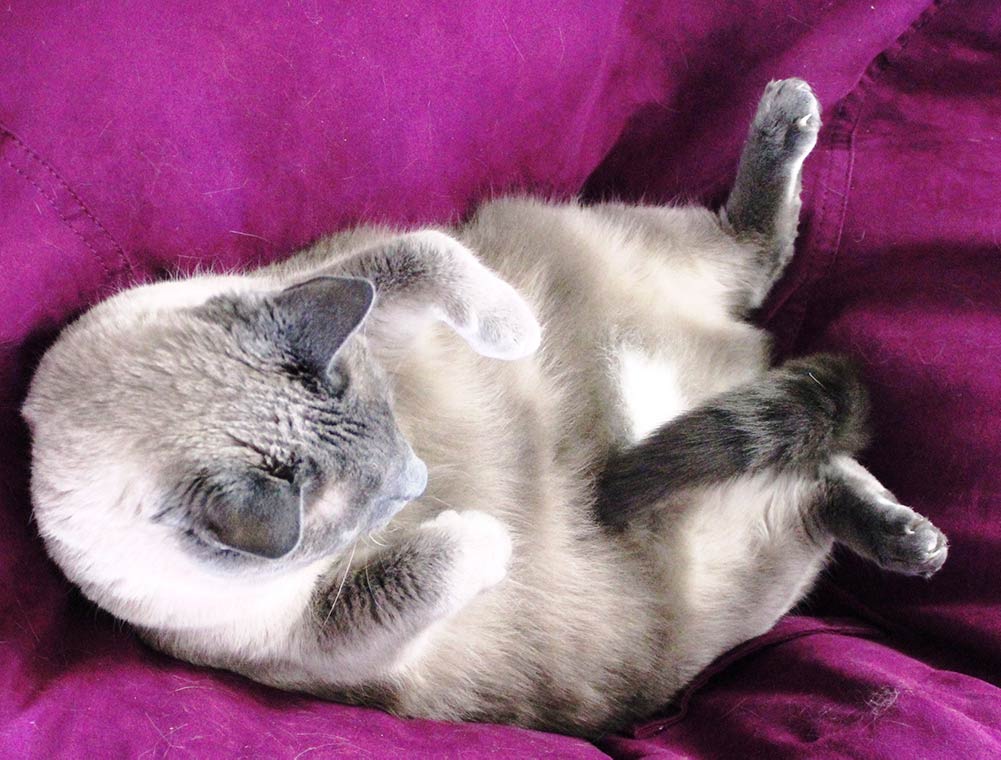
This is a submissive position that’s likely trying to convey that your cat is scared, upset or wants to be left alone. Unlike the bristled tail, a submissive tail can make a cat look smaller and less threatening to another aggressive cat. If you see her in this position, don’t approach. If cornered, she may still hiss, scratch and/or bite, or turn on her back with her claws up, ready for defence.

